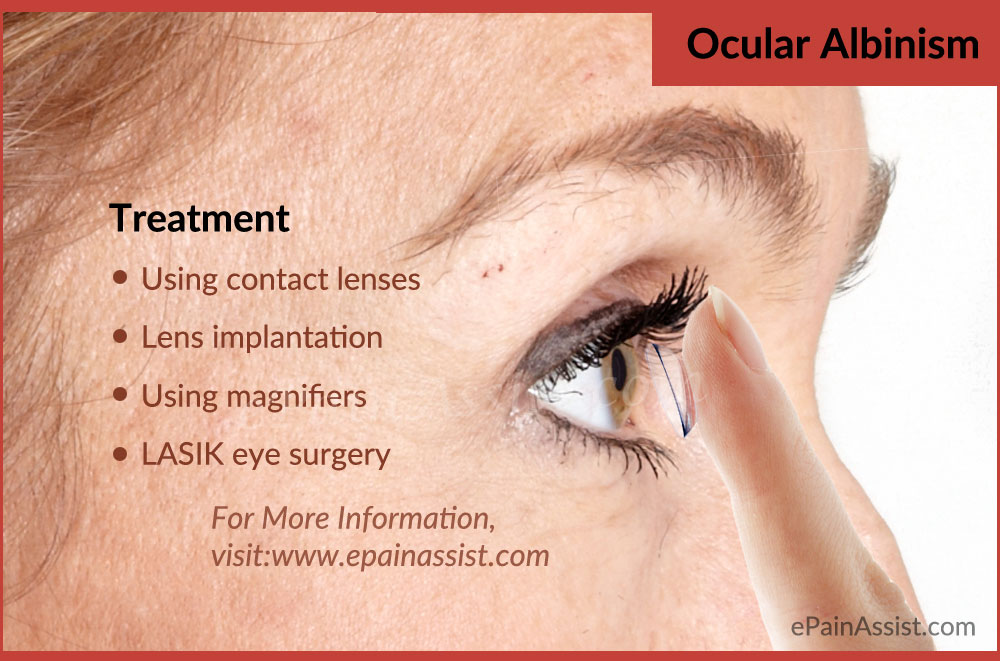What is Ocular Albinism?
Ocular albinism is an inherited genetic disorder. The cause of ocular albinism is deficiency of the pigment melanin in the eyes. Iris is the colored portion of the eye. Due to deficiency of melanin, the pigmentation of the iris, as well as retina is decreased. Eye pigmentation is essential for a normal vision. The most common type of ocular albinism is Nettleship Falls (ocular albinism type 1 form). There are other forms of ocular albinism, but they are very rare and are related with secondary symptoms of the disease such as hearing loss. Treatment comprises of treating the symptoms such as nystagmus, strabismus, low visual acuity etc.

Signs and Symptoms of Ocular Albinism
The most significant indication of ocular albinism is poor development in the foveal pit of the retina. Symptoms of ocular albinism are:
- Low visual acuity.
- Nystagmus (involuntary eye movements).
- Inability to focus properly.
- Oscillopsia where the patient experiences disturbed vision and perceives static objects as moving.
- Photophobia (extreme sensitivity to light).
- Strabismus (crossed eyes).
- Abnormal movements of the eye or head to compensate for the abnormality in the vision.
Treatment for Ocular Albinism
Commonly, individuals suffering from ocular albinism adapt to their visual disability, as this condition is not deteriorative. So, vision problems occurring in future are caused by other eye disorders like hyperopia and myopia. Treatment options for ocular albinism include:
- Using bifocals and eye glasses.
- Using prescribed sunglasses.
- Replacement of lens.
- Lens implantation.
- Using magnifiers.
- Using contact lenses.
- LASIK eye surgery.
All the above measures cannot cure the inherited disorder of ocular albinism. For correcting strabismus and improving binocular vision, the surgical treatment can be done for the muscles which are responsible for controlling the eye movements. Surgery also helps in minimizing nystagmus. Bioptic telescope eye glasses and hand held telescopes help with the distance vision problems.
- National Organization for Albinism and Hypopigmentation (NOAH): https://www.albinism.org/
- American Academy of Ophthalmology (AAO): https://www.aao.org/eye-health/diseases/what-is-ocular-albinism
Also Read:

